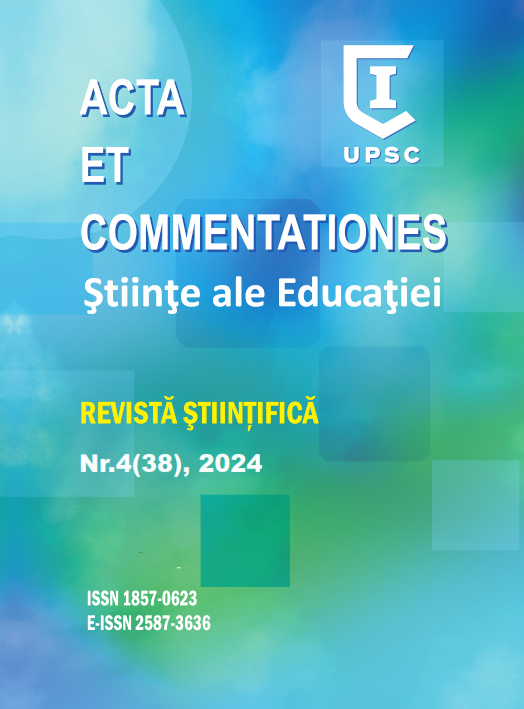Abstract
The article highlights the importance of critical thinking and creativity in the process of forming the ecological culture of primary school students, argues the role of the STE(A)M approach in this process and presents examples of activities through which these skills are formed. The author presents examples of activities like collaborative projects, based on learning through discovery, on the development of critical thinking and creativity, through which students are challenged to analyze information and find innovative solutions to problems in the environment, demonstrating that in this way students become more confident in their success, more resilient and able to collaborate effectively.

This work is licensed under a Creative Commons Attribution-NonCommercial 4.0 International License.
